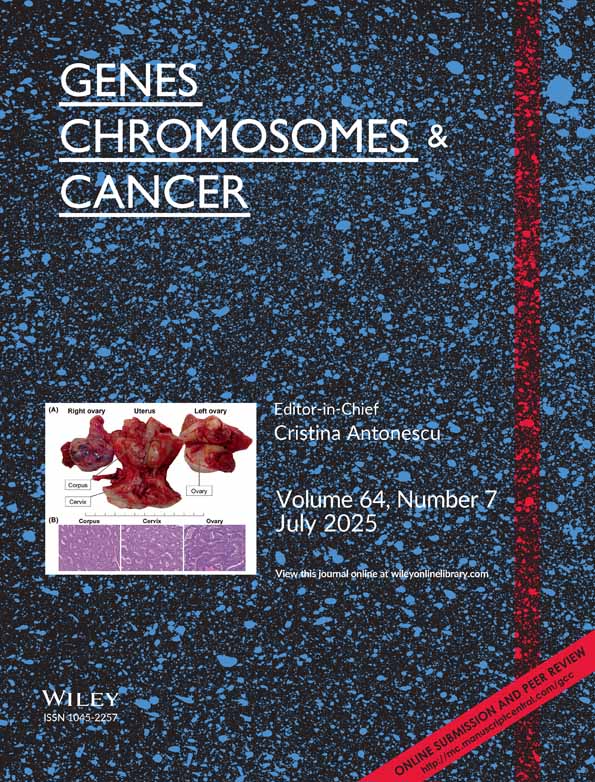BCL6 encodes a sequence-specific DNA-binding Protein
Abstract
Chromosomal rearrangements of BCL6 are commonly associated with diffuse large-cell lymphomas. We set out to determine the DNA-binding site of a glutathione-S-tranderase fusion protein containing the BCL6 zinc finger region by employing cyclic amplification and selection of targets (CASTing). From oligonucleotides containing 16 central random bases, sequences binding to the protein on glutathione-coated beads were repeatedly selected and amplified by polymerase chain reaction (PCR). The binding sites were cloned and sequenced. A consensus, TTTNNNGNNATNCTTT, was obtained. Protein binding studies of double-stranded oligomen containing point mutations within the 3′ CTTT confirmed the binding specificity of this part of the consensus. In addition, evidence indicated that some of the base pairs held constant in the oligonucleotides used for CASTing also contributed to binding. © 1995 Wiley-Liss, Inc.




